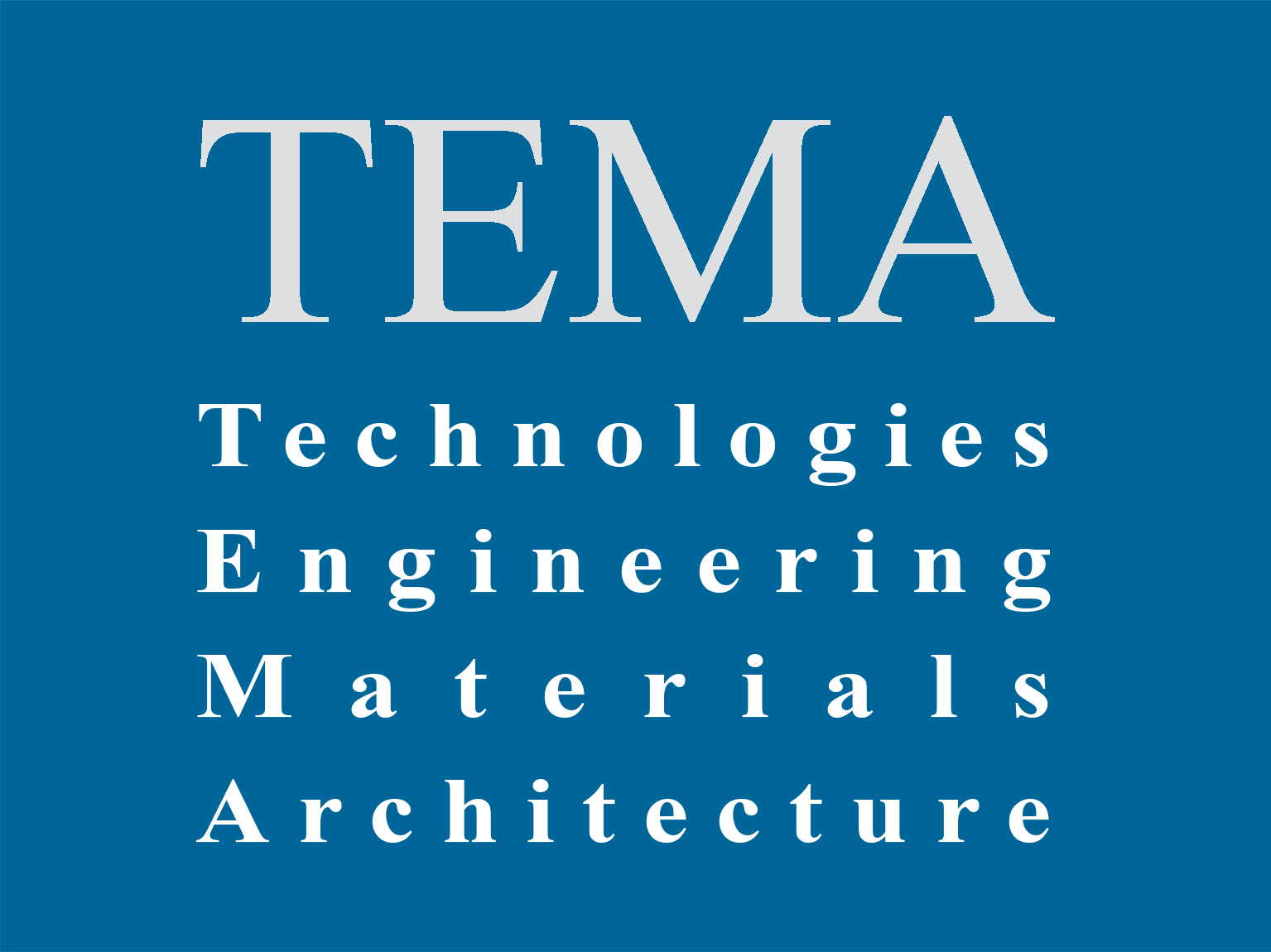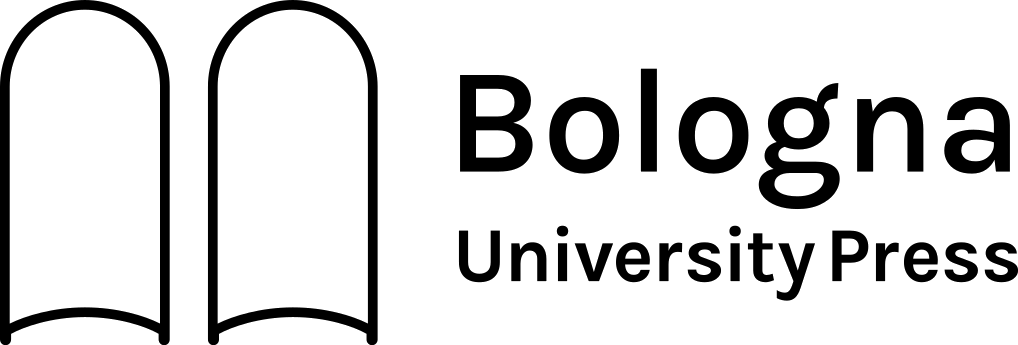Abstract
The knowledge of the design and construction practice of peculiar works that belong to the Modern heritage is an essential prerequisite for its conscious conservation.
In the transition phase between Modern Italian construction and the beginning of prefabrication in the late 1960s, a significant episode is the construction of the church of San Giovanni Bosco in Bologna between 1963 and 1969, one of the most recent, and the last Bolognese work, by the architect Giuseppe Vaccaro.
On the one hand, the church presents some technical features that confirm the construction practice consolidated during the Twentieth century in Italy, identifiable as a mixed construction. On the other, innovative elements were introduced to integrate three different structural technologies, such as load-bearing masonry walls, reinforced concrete frames and steel trusses.
The paper proposes the repertoire of the construction techniques of the church, which represents a condition of uniqueness within the local building heritage. This complexity and the particular combination of different load-bearing materials make the structural components invisible, being an obstacle for assessing the structural performance of the existing building according to traditional methods.









